France is the world’s seventh-largest economy, but few realize how much of this success comes from France’s geography. From mountains that blocked invasions to rivers that boosted farming, and seas that connected it to trade routes, geography has shaped France’s history, wealth, and global influence.
In this blog, we’ll explore how France’s geography turned the nation into a superpower — with fertile land, natural defenses, global trade access, and overseas territories.
🌍 France Geography and Its Borders
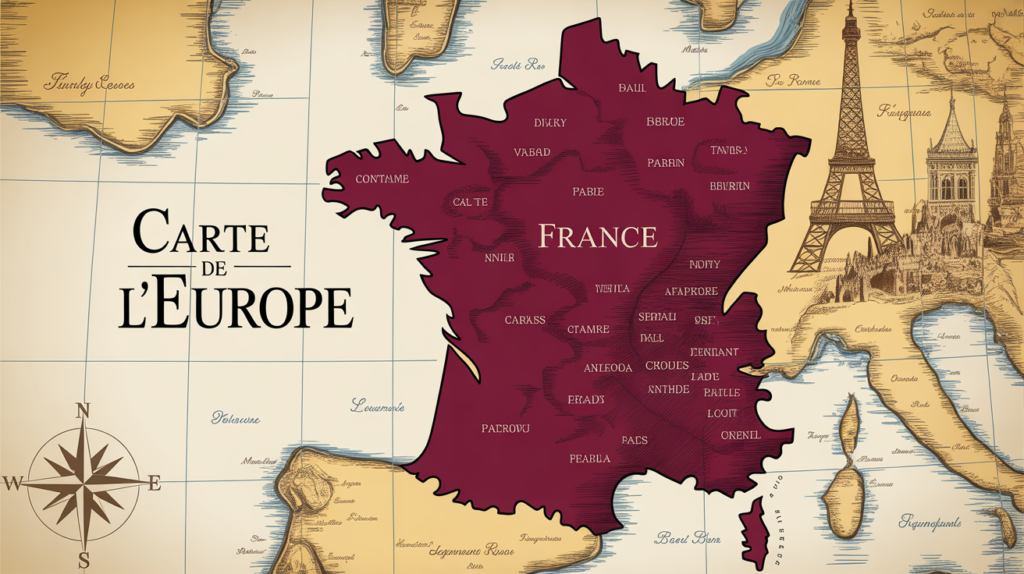
At first glance, France borders Belgium, Luxembourg, Germany, Switzerland, Italy, Spain, and Andorra. However, the longest French border is not in Europe — it’s in South America with Brazil, due to French Guiana, one of France’s overseas territories.
This highlights a key aspect of France’s geography: it extends far beyond Europe. France also holds territories in the Caribbean, Pacific, Indian Ocean, and even islands near Canada. These overseas lands expand French influence worldwide.
🏛️ The French Empire and Geography
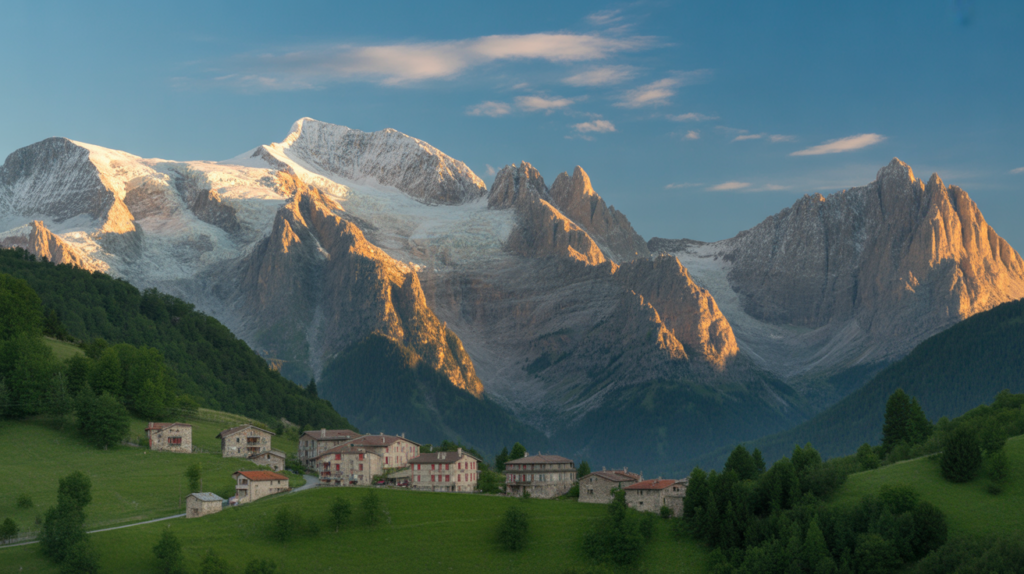
A century ago, France’s geography supported one of the world’s largest empires, covering nearly 10% of Earth’s land area. From Africa to Southeast Asia, French influence spread through trade, language, and governance.
Even today, the legacy remains:
- 14 African countries peg their currencies to the euro.
- French is still an official language in many nations.
- France maintains strong trade, military, and financial ties globally.
👉 Learn more in Britannica’s Geography of France.
🏔️ Natural Defenses in France Geography
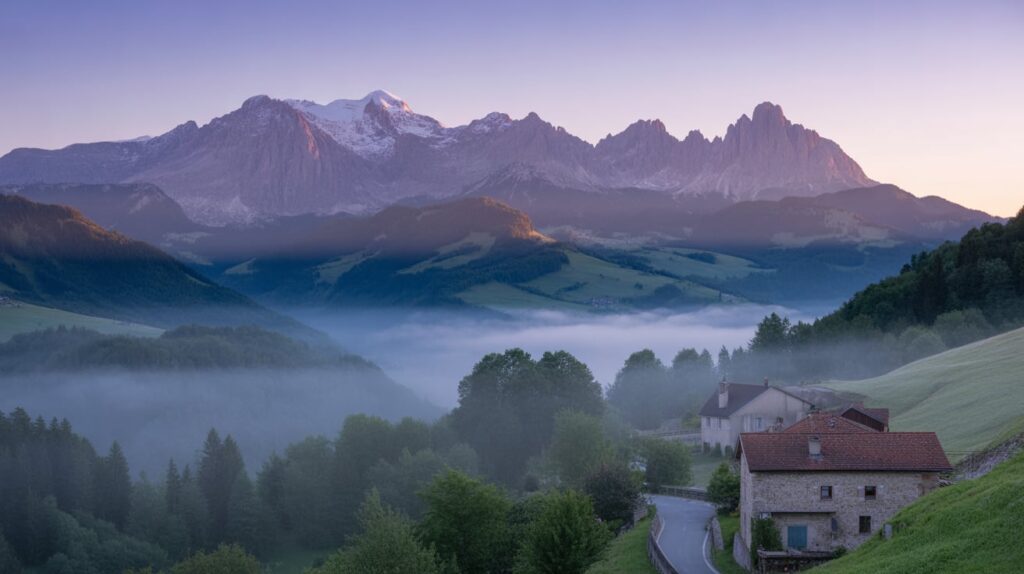
Mountains and rivers gave France strong natural defenses:
- The Pyrenees Mountains in the south protected France from Muslim invasions in the 8th century.
- The Alps in the southeast, Europe’s tallest mountains, formed a barrier with Italy.
- The Rhine River divided France and Germany, securing the eastern border.
The only weakness? The flat northern plains, where Germany invaded in 1870, WWI, and WWII.
🚢 Seas and Trade: Why France Geography Matters
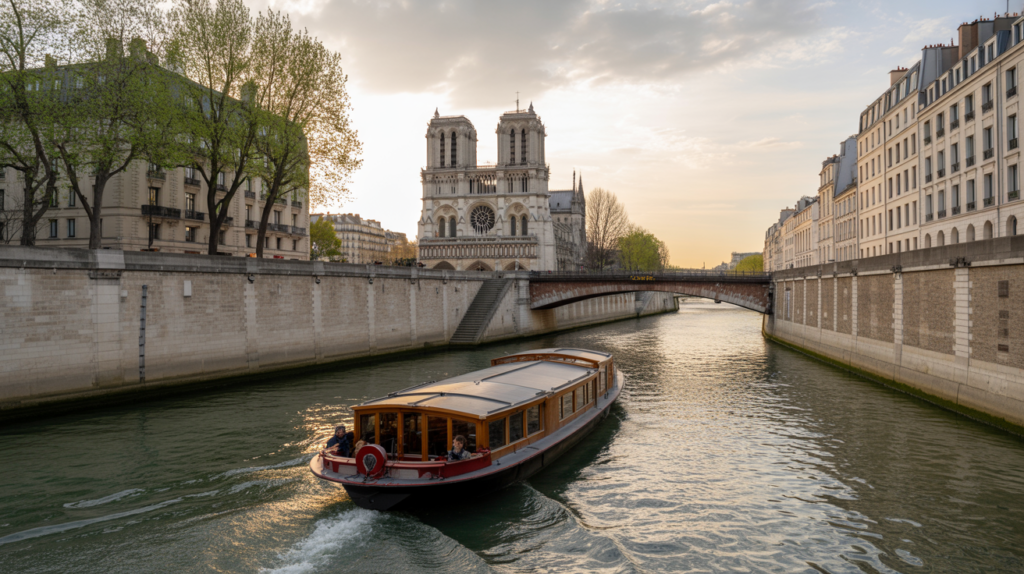
One of the greatest strengths of France’s geography is its access to both the North Sea and the Mediterranean Sea — making it a central hub for Europe’s trade.
- The English Channel is one of the busiest maritime routes in the world.
- France’s ports allow direct access to the Americas, the Middle East, Asia, and Eastern Europe.
👉 For economic statistics, check the World Bank: France Overview.
🚄 France and Britain: Geography Unites Economies
Across the English Channel, France connects to the UK through the Channel Tunnel (Eurotunnel). This railway links Calais, France, with Folkestone, England, boosting trade and travel.
France’s advanced rail networks then connect to Paris, Belgium, and Central Europe, making it a crucial transport hub.
🌱 Agriculture and Rivers in France Geography
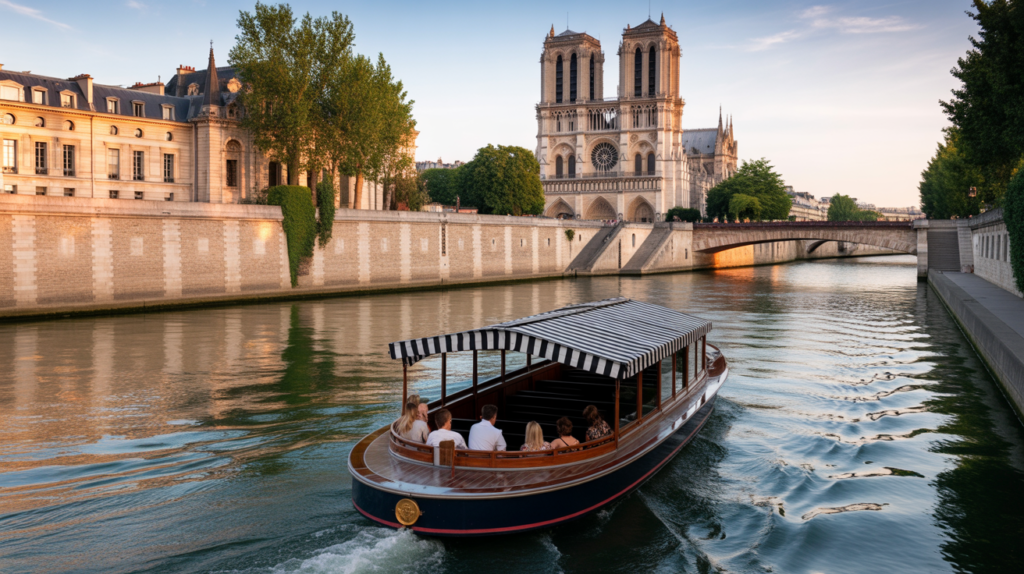
Rivers are central to France’s geography:
- The Seine, Loire, Rhône, and Garonne connect cities and farms.
- Fertile plains make France the second-largest agricultural landholder in Europe (after Ukraine).
- France ranks as the third-largest agricultural exporter in Europe, producing wine, cheese, wheat, and more.
👉 See data at FAO – France Agriculture.
These rivers also generate hydroelectricity, making water France’s second-largest source of energy after nuclear.
⚓ Overseas Territories: Geography Beyond Europe
France’s overseas territories expand its global reach:
- Indian Ocean islands support trade and defense near Africa and Asia.
- Pacific territories give influence near Australia and Southeast Asia.
- French Guiana hosts the European Spaceport, supporting space exploration (ESA – Europe’s Spaceport).
⚡ Why France’s Geography Made It a Superpower
The facts show that France’s geography gave the country:
- Protected borders (mountains, rivers).
- Central trade routes (Atlantic, Mediterranean, North Sea).
- Fertile farmland for agriculture.
- Overseas territories with global influence.
- A legacy of empire that still affects the world today.
👉 For a deeper dive into travel and history, check out our related guides on Cheap Flights to France and Singapore Airlines Review.
In short, France’s geography is destiny — the reason France became one of the world’s richest, most influential powers.

